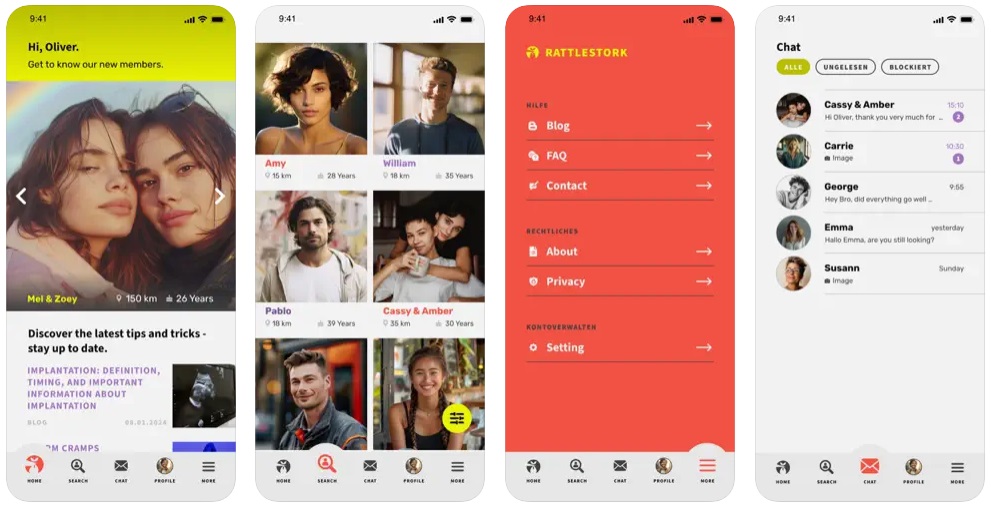In the UK, people sometimes use “turkey baster pregnancy” as slang for trying to conceive at home with a syringe rather than intercourse. This guide explains what the phrase actually refers to, how to keep it safe and realistic, how timing works, where it differs from clinic care, the UK legal backdrop, and when to speak to a clinician. We link to NHS/HFEA resources.
What the phrase really means
Despite the nickname, it does not involve a kitchen baster. In practice it means collecting fresh semen in a sterile, wide-mouth cup and placing it close to the cervix with a small, needle-free syringe. In clinical language this is closest to intracervical insemination (ICI) done at home. A kitchen baster is oversized, not sterile, and unsafe for bodies.
Key facts that matter
- The fertile window spans the days before ovulation; ovulation typically occurs 10–16 days before the next period. NHS: how to get pregnant
- Many conceive within a year with well-timed attempts; age and health conditions affect timelines. NHS: infertility overview
- Simple habits help: time by the LH surge, don’t smoke, moderate alcohol, healthy weight, and 400 µg folic acid daily. NHS: vitamins & supplements
Safety and hygiene
- Use new, single-use syringes and a sterile collection cup. Avoid saliva and non–sperm-safe lubricants; some products reduce motility. HFEA: using donated sperm
- Use the sample within about an hour at room temperature (~20–25 °C). Wash hands and keep surfaces clean.
- Banked donor sperm via UK clinics is screened and stored under HFEA regulation. HFEA: donors & donation
Supplies checklist
- Sterile, wide-mouth collection cup
- Small needle-free medical syringe (5–10 mL; catheter-tip or slip-tip)
- Ovulation predictor tests (LH strips or digital)
Optional: disposable gloves and a lubricant labelled fertility-friendly.
At-home steps most people follow
- Collect semen in the sterile cup (no condoms, no saliva).
- Let it stand at room temperature for 10–15 minutes to liquefy.
- Draw it up slowly and tap out air bubbles.
- Lie comfortably with hips slightly elevated. Place the syringe tip just inside the vagina and angle towards the cervix about 3–5 cm.
- Press the plunger gently and rest for 15–20 minutes.
Stop if anything feels painful or uncertain and contact a clinician.
Timing that helps
- Use LH tests as you approach mid-cycle. Many aim for the evening of the first positive result and, if desired, repeat 12–24 hours later. NHS: timing & ovulation
- The fertile window is roughly the five days before ovulation and the day of ovulation. NHS
- Start folic acid before conception; prioritise sleep and moderation with alcohol. NHS
Alternatives and how they differ
UK legal basics you should know
UK clinics are regulated by the Human Fertilisation and Embryology Authority (HFEA). If you conceive with a known donor at home (i.e. outside a licensed clinic), that donor can be treated as the legal father in many circumstances because the standard clinic consent paperwork (which can protect donor/non-donor parentage) is not in place. Parenthood rules come from the Human Fertilisation and Embryology Acts (2008 and amendments). For clarity (e.g. same-sex couples or co-parenting with a known donor), speak to a UK solicitor experienced in assisted reproduction before you proceed. Useful starting points: HFEA: using donated sperm•HFEA: known donation
When to see a clinician
- Under 35: not pregnant after 12 well-timed cycles
- 35 or over: not pregnant after 6 cycles
- Right away for very irregular cycles, suspected anovulation, endometriosis, PCOS, thyroid disease, recurrent loss, or safety questions
Your GP can arrange initial tests and referral to fertility services following UK guidance. NHS: diagnosis & referral
Find verified donors with RattleStork
RattleStork helps intended parents connect with verified donors, agree clear boundaries, and plan syringe-based attempts with simple checklists and transparent expectations. Start a conversation, review safety tips and move at your own pace.

Myths and facts
- Myth: A kitchen turkey baster works. Fact: it’s unsafe and unsuitable; use a small medical syringe.
- Myth: Any lubricant is fine. Fact: some lubricants impair sperm; choose fertility-friendly products. NHS
- Myth: Legs-up guarantees success. Fact: timing around ovulation matters most. NHS
- Myth: Home attempts avoid legal issues. Fact: parenthood rules differ inside vs outside clinics; know them first. HFEA
Conclusion
In the UK, “turkey baster pregnancy” is slang for syringe-based attempts at home. If you explore this path, keep it clean and simple, time around ovulation, and understand UK parenthood rules—especially with known donors. If progress stalls or you prefer clinical oversight, speak to your GP about investigations, clinic IUI or other next steps.

